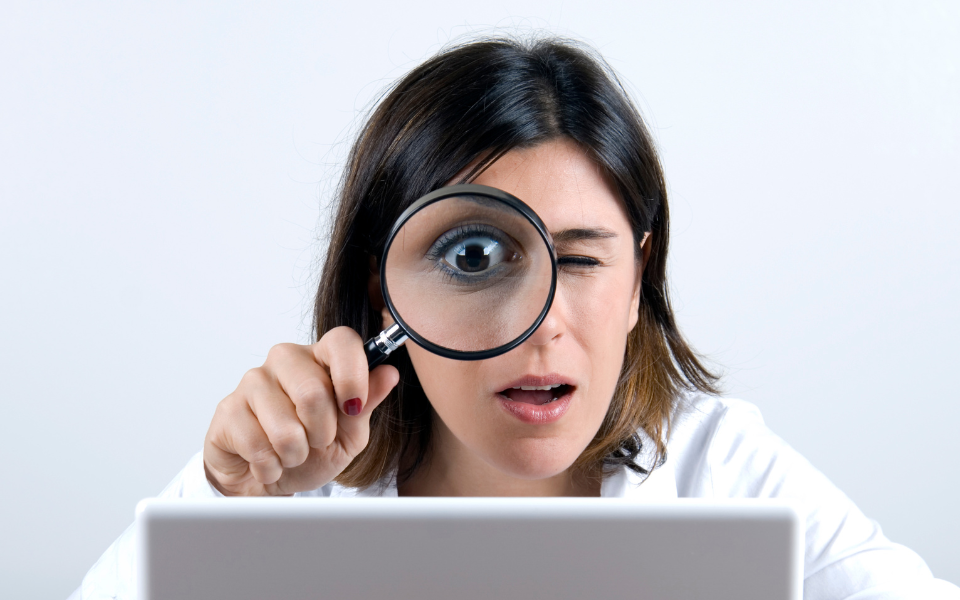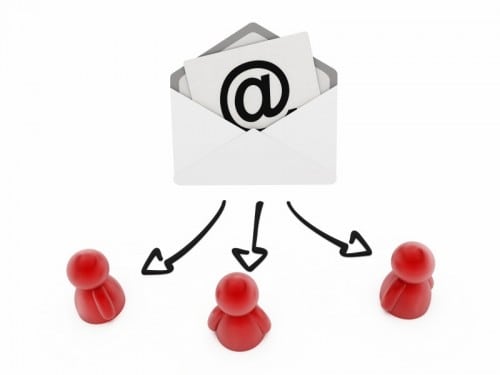What makes us who we are? What drives our behavior? These questions are key when we want to change a repeated and ineffective behavior pattern in either ourselves or in someone we care about.
Since behavior is driven by beliefs and identity, how do we change–or upgrade–both?
As a neuroscience-based executive coach I’ve invested 30 years of my life studying this, and helping leaders at all levels to modify their behavior in order to get what they want, grow their businesses, have happier more productive teams and more fulfilling lives.
How To Understand Your Experiences
First, we need to understand how humans have experiences, and how human experience is structured. Here’s how it works:
What we call “thinking” is actually a series of pictures, sounds, and feelings that go by at light speed in our brains and create meaning.
We see the world around us as we experience it and then we internally store these pictures, or images, to craft our experience. Think of your favorite place in your home. Chances are good you just called up a picture. We’ll call these Visuals, or Vs, in neuro-shorthand. Sometimes our brain distorts the stored picture (V) to give it a different meaning. Maybe we don’t want the intensity of a stored picture so we store it in black and white rather than color, or our brain wants to scare us from repeating a dangerous situation so we store it in lurid color.
Additionally when we have or recall an experience our brains hear sounds, which can be tones or words and can be either outside of ourselves (existing in the environment) or inside of ourselves (talking to ourselves, hearing an old soundtrack…). Think of the last time you made a mistake and internally said “I can’t believe I did that! Sheesh!” That’s an internal soundtrack. Think of the sound of a rotary phone ringing, that’s a tonal memory. We’ll call these sounds Auditory input, or As, in neuro-shorthand.
The visual and auditory experiences lead to feelings, or kinesthetic (Ks in neuro-shorthand) responses. From these Vs, As, and the generated Ks, we make meaning about the world, other people, situations and about ourselves. The decisions we make about these experiences formulate beliefs. Beliefs about ourselves are called identity.
How Behavior Happens
Our beliefs about the world, others, situations and ourselves drive our behavior.
Let’s say you walk into a conference room you’ve never been in before to do a high stakes presentation, and the phone on the table rings. Your brain already probably has conference room pictures and you instantly associate that ring tone (trigger) with a stored picture of another conference room (different time, different place) where you totally rocked a presentation and your boss happened to call midway through (the ring tone) and was thrilled to hear about it. The external trigger (hearing the telephone in the conference room) created a whole series of stored internal Vs and As that lead to a whopping great positive K and the belief “My boss is awesome! I am awesome too!” So you’ve never been in that room before, and you were a little nervous, but all you know is now you feel great and you really like that phone.
The sound of the telephone in that setting is an “anchor” for you to experience confidence and create positive meaning for yourself.
 Vs (image of phone in conference room) + As (ring tone) = Ks (confidence)
Vs (image of phone in conference room) + As (ring tone) = Ks (confidence)
Leads to -> Beliefs (“My boss is awesome!”) -> Identity (“I am awesome” is a belief about self so leads to an overall confident and competent professional identity.)
What makes this really interesting is that we can create those reference experiences and associate them with something (anchor them to something—a space, a sound, a touch…) and create the meaning we would like to create.
Cool huh?
Why We Repeat Behaviors–Both Bad and Good
Every day, all day, we are having experiences, creating meaning and forming new or reinforcing old beliefs, forging a new or reinforcing our current identity. And we are doing this with the people in our lives too.
Let’s experience this. In a moment I want you to close your eyes and recall a positive memory, a time when you had a positive experience. Do this now, and open your eyes when the experience is super clear…
In your positive memory what did you see? Hear (outside or inside yourself—like yourself saying “This is awesome!”)? Feel? What did you decide (believe) about the world/others/situation? What did you decide about yourself (your identity–beliefs about yourself)?
Example: perhaps you recalled a recent team meeting:
- In it you saw [Vs] everyone gathered around the table, excited, alert, ready to roll.
- You heard people [As] making suggestions, brainstorming, making commitments. Inside you said “this is great—I love meetings like this. We’re making progress.”
- You felt [Ks] powerful, optimistic, positive.
- You believed these are the right people in the right roles.
- Your identity that you were successful, you were a good leader, you were adding value was reinforced.
Note that the Behavior can also start first—for example an external trigger (flame email, etc.) happens then you launch into a behavior routine (getting irritated OR choosing to feel compassion for the angry person) and a reward follows (feeling self-righteous OR feeling proud of your ability to not get sucked into their anger).
For the next week please start to notice what associations you have with places and people. What feelings (Ks) do you get from certain sounds (As) and certain visuals (Vs). What meaning do you make from the experience of the resulting positive or negative feeling (K+ or K-) and what does that cause you to do?






